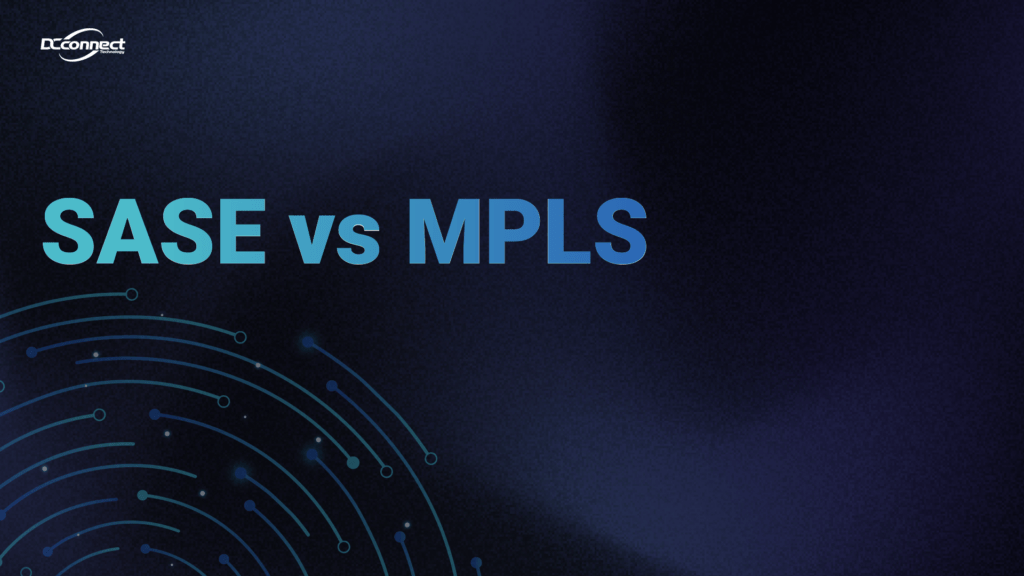
Author: Tammy
A report from 2019 indicates that 69% of enterprises are transferring their ERP data to the cloud. However, this shift requires these organizations to tackle security issues associated with public clouds. As such, a new solution known as SASE (Secure Access Service Edge) has emerged as the go-to technology as an alternative solution for businesses.
SASE: The History and Current Trends in Networking Security
SASE was first introduced in 2019 by Gartner, a top technology research and advisory firm. The idea behind SASE was to create a consolidated security solution that combined network security. The need for SASE arose from the increasing trend of organizations becoming more distributed and mobile. With employees accessing data from anywhere and on any device, it became necessary for businesses to have a unified security solution that would protect their data and infrastructure. SASE addressed this need by combining network security, VPNs, and SD-WAN into a single cloud-based service. This provided businesses with a comprehensive security solution that was both flexible and scalable.
Why is SASE another option from MPLS?
SASE (Secure Access Service Edge) and MPLS (Multiprotocol Label Switching) are two different technologies used for networking and data transmission. While SASE is a cloud-based security solution that integrates network security, VPNs, and SD-WAN into a single service, MPLS is a data transmission protocol that provides quality of service (QoS) guarantees for traffic within a network.
SASE is designed for a more distributed and mobile workforce, whereas MPLS is typically used for private networks that a single organization operates. SASE also provides greater flexibility and scalability compared to MPLS, which can be limited by its on-premises infrastructure.
MPLS has its limitations that are becoming increasingly apparent as organizations seek to modernize their networks, such as:
1. High Cost: MPLS can be expensive due to the need for specialized hardware and dedicated infrastructure. This can be a significant barrier for smaller organizations or those with limited budgets.
2. Limited Scalability: MPLS networks can be difficult to scale, making it challenging for organizations to accommodate growing bandwidth requirements. This can limit an organization’s ability to grow and evolve.
3. Complex Management: MPLS networks can be complex to manage, requiring specialized skills and resources. This can increase the cost of operating an MPLS network, as well as make it more challenging to resolve issues in a timely manner.
4. Lack of Flexibility: MPLS networks can be inflexible, making it difficult for organizations to adapt to changing business requirements quickly. This can make it challenging to remain competitive and meet the demands of modern businesses.
5. Limited Visibility: MPLS networks can lack visibility into network performance and security, making it challenging to identify and resolve issues in a timely manner. This can also make it more challenging to maintain compliance with regulatory requirements.
6.Security Concerns: MPLS networks can be vulnerable to security threats, such as network breaches, data theft, and malware. This can put sensitive data and intellectual property at risk and damage an organization’s reputation and bottom line.
A Comprehensive Solution for Network Security
The need for secure and efficient network solutions has become paramount as the business world continues to evolve and become more mobile. Enter SASE, a revolutionary technology that is quickly gaining traction among businesses of all sizes. Let’s explore the benefits of SASE and how it is changing the way organizations approach network security.
1. Cloud-based Delivery
One of the key benefits of SASE is that it is delivered as a cloud-based service. This provides organizations with greater flexibility, scalability, and cost savings compared to traditional on-premises solutions. In addition, with a cloud-based delivery model, organizations can easily adapt to changing needs and quickly scale up or down as required. This makes it an ideal solution for organizations that are experiencing rapid growth or need to respond quickly to changes in the market.
2. Integrated Security
Another key benefit of SASE is its integrated security features. SASE integrates network security, VPNs, and SASE into a single solution, providing organizations with a more streamlined and secure network. This integration results in a simplified security architecture and reduces the risk of security breaches and data loss.
3. Zero Trust Security
SASE is based on the principle of Zero Trust, which assumes that all network traffic is untrusted until proven otherwise. This approach provides a higher level of security for organizations and reduces the risk of cyber-attacks. With Zero Trust security, organizations can be confident that their network is protected from potential threats and that sensitive data is kept safe.
4. Artificial Intelligence and Machine Learning
SASE also incorporates AI and ML to enhance security and improve network performance. These technologies enable SASE solutions to learn from network activity and automatically respond to potential threats, providing a more proactive and efficient security solution. With AI and ML, organizations can stay ahead of the curve and respond quickly to potential security threats.
5. Remote Work
The COVID-19 pandemic has accelerated the remote work trend, further fueling the demand for SASE solutions. With a growing number of employees working from home, the need for secure and efficient network solutions has never been higher. SASE provides remote workers with the same level of network security and performance as they would have in the office, ensuring that businesses can continue to operate seamlessly.
In conclusion, SASE is a comprehensive solution that provides organizations with the flexibility, scalability, and security they need to stay ahead in the rapidly evolving business world. With cloud-based delivery, integrated security, Zero Trust security, AI and ML, and support for remote work, SASE is poised to become the go-to solution for businesses of all sizes.
DCConnect’s SDN solution
SDN (Software-Defined Networking) and SASE (Secure Access Service Edge) are two complementary technologies increasingly being used to improve network efficiency and security. SDN provides centralized control and management of network resources, allowing network administrators to automate network configuration and optimize network performance. SASE, on the other hand, provides secure access to cloud-based services and applications, ensuring that users are able to access these resources from any location while maintaining security and privacy.
When SDN and SASE are combined, they provide a powerful solution for organizations looking to modernize their networks. The centralized control and management capabilities of SDN enable organizations to easily manage traffic flow between their on-premises network and the cloud. At the same time, SASE provides secure and fast access to cloud resources. Additionally, using cloud-based SASE services enables organizations to take advantage of advanced security and networking capabilities without having to invest in expensive hardware and infrastructure.
DCConnect SDN (Software Defined Networking) is a technology that enables organizations to manage and control their networks using software dynamically. By separating the control plane from the data plane, DCConnect SDN allows for real-time, automated management of network resources, enabling organizations to respond quickly to changing demands. With its ability to automate network provisioning and optimization, DCConnect SDN helps organizations improve network efficiency, reduce costs, and enhance security. Furthermore, DCConnect SDN provides increased network performance and security visibility, enabling organizations to identify and resolve issues in real time. Overall, DCConnect SDN is a powerful solution that enables organizations to effectively manage and control their networks, helping them stay ahead in an ever-evolving digital landscape.
Contact us to learn more about the benefits of DCConect’s (Software Defined Networking) and how it can help your business succeed.
Please download SDN eBook at https://www.dcconnectglobal.com/dc-gateway/



